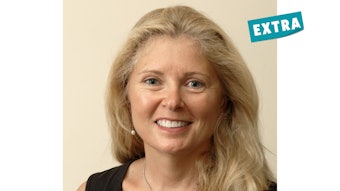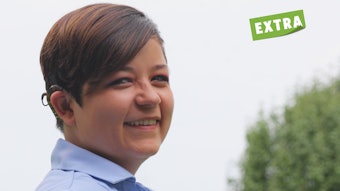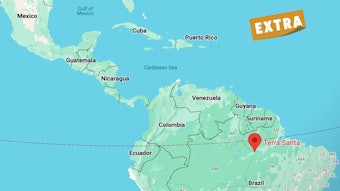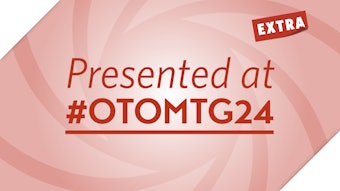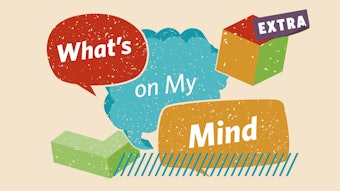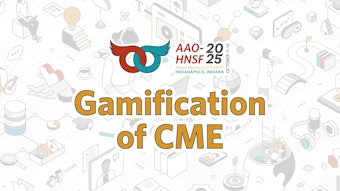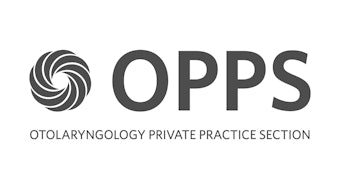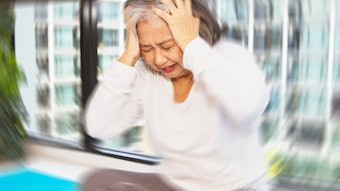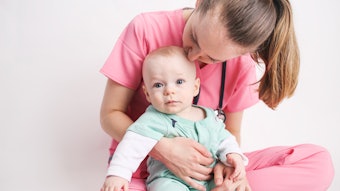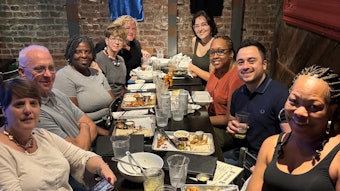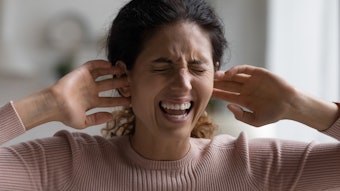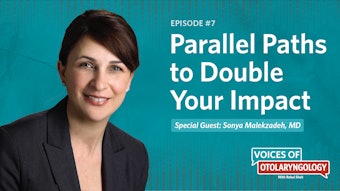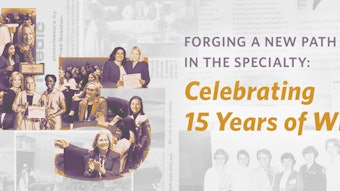Pearls from Your Peers: Pediatric Sleep Disorders
Meredith M. Lind, MD, interviews Anne E. May, MD, about how to recognize and treat common nonobstructive sleep disorders in children.
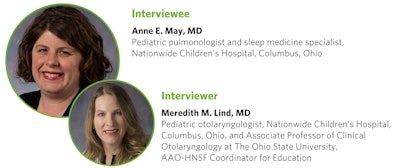
In recognition of Sleep Awareness Week in March, pediatric otolaryngologist and AAO-HNSF Coordinator for Education Meredith M. Lind, MD, sat down with pediatric pulmonologist and sleep medicine physician Anne E. May, MD, to discuss how to recognize and treat common nonobstructive sleep disorders in children.
As otolaryngologists, we are familiar with obstructive sleep-disordered breathing (oSDB) in children, but less so with other sleep issues in children. What are the most common nonobstructive sleep disorders that you see in children?
Chronic insomnia is one of the most common diagnoses in pediatric sleep. This ranges from infants/toddlers who refuse to fall asleep without their parents to teenagers who struggle when sleep is competing against outside influences such as schoolwork and the use of media devices. Restless legs (limb) syndrome, parasomnias, and hypersomnia are also common complaints that present in childhood.
Do you have any recommendations on how to clinically distinguish symptoms of restless legs syndrome from oSDB? Is a sleep study required to confirm these diagnoses?
This can be tricky because both of these conditions can present with restless sleep. It is always helpful to look for other signs of oSDB, such as snoring, respiratory pauses, and sleeping in unusual positions to help support oSDB. Restless legs syndrome is clinically diagnosed when a patient reports an uncomfortable sensation in their legs that is worse at night, prevents them from sleeping, and is relieved with movement. Periodic limb movements are similar to restless legs, but can only be diagnosed with a sleep study showing increased rhythmic kicking overnight. Pediatric patients rarely report the symptoms of restless legs, and we often rely on a combination of patient history, restless sleep, family history, and sleep study findings.
How do you counsel parents of children with parasomnias like night terrors and sleepwalking? Does treatment of oSDB affect these sleep conditions in any way?
Non-REM parasomnias are very common in children but can be worrisome and, at times, frightening for their caregivers. These events tend to occur when children are transitioning between stages of non-REM sleep and are often worsened when patients are sleep-deprived or their sleep is more disrupted. For this reason, a sleep study may be recommended to ensure that there are no organic reasons for sleep disruption (such as oSDB). Reassurance is often all that is indicated for typical parasomnias. In the case of sleepwalking, counseling should also be provided regarding safety measures. These may include having gates on the stairs, alarms on doors, avoiding balconies when traveling, and making sure that all firearms are secured where they cannot be accessed.
How do you address concerns about behavioral insomnia in children? Are there non-pharmacologic treatment recommendations for this condition?
Treatment for behavioral insomnia in childhood is done through behavioral interventions. For younger children with sleep onset associations or limit-setting disorders, extinction strategies, rewards for remaining in bed, and making sure that patients are following good sleep routines are some of the mainstays of treatment. For older patients, the same principles that are used in adult cognitive behavioral therapy for insomnia are used as well. Pharmacotherapy is not typically used for pediatric insomnia, and if it is indicated, I recommend working with a pediatric sleep provider.
Are there any other pediatric sleep disorders that you feel otolaryngologists should be familiar with?
Although it is not a specific disorder, I think it is important to know to ask more questions when patients present with excessive daytime sleepiness. While narcolepsy and hypersomnia do present in pediatric patients this is often how other sleep disorders present. Insomnia, insufficient sleep, restless legs, and obstructive sleep apnea can all present with daytime sleepiness. If a patient complains of excessive daytime sleepiness and the index of suspicion for OSA is not high, otolaryngologists may want to involve a sleep specialist to be sure that there are no other diagnoses to consider.
